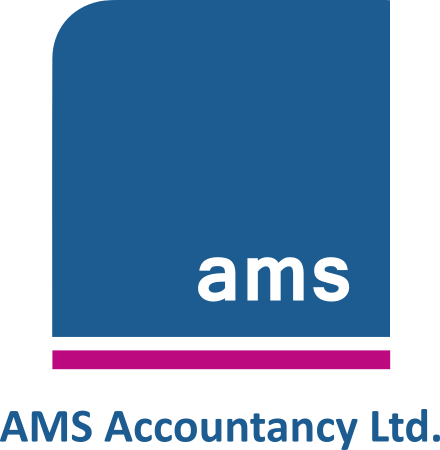The ‘IR35 in the Private Sector’ legislation – that took effect from 6th April 2021 is still the law. Consequently, for hirers of a certain size (generally turnover over about £10m), the end-client is still supposed to consider the IR35 status of a contractor – rather than the contractor themselves.
Because of the way many hirers/end-clients reacted to the April 2021 legislation, many freelance contractors were simply forced to use an Umbrella company – and that is still common. However, where this is not the case, and the end-client chooses to genuinely assess a contractor’s IR35 status using the HMRC CEST tool, there are some things that freelance contractors can do in order to get an outside-IR35 verdict.
How to get an outside-IR35 verdict from HMRC’s CEST tool
We have identified five routes to an outside of IR35 verdict (‘Off-payroll working rules (IR35) do not apply’) because it became clear to us that HMRC’s CEST the tool relied very heavily on certain answers – and almost completely ignored other parts of the questionnaire if certain questions are able to be answered in a certain way.
We explained that when completing the CEST tool questions, the first 6 questions generally answer themselves:
1. About you and the work
Q: What do you want to find out?
A: If the off-payroll working rules (IR35) apply to a contract
Q: Who are you?
A: Worker
Q: What do you want to do?
A: Make a new determination
Q: Are you trading through a limited company, partnership or unincorporated body?
A: Yes
Q: Have you already started working for this client?
A: Yes
2. Worker’s duties
Q: Will you be an ‘Office Holder’? (referring to the end-client)
A: No (always answer no to this question)
THE FIVE ROUTES TO BEING OUTSIDE OF IR35
Then there are various sections on different aspects of one’s terms of engagement. And by answering certain key questions in certain ways, one can get a positive IR35 verdict. We identified five ways to get an outside IR35 verdict. Below are the questions for each route – plus the necessary answers if you are to get a positive outcome.
Routes 1 and 2: Substitutes and helpers: The first two routes relate to the Right to Substitute and if you give the ‘right’ answers to these then you get a good verdict irrespective of the other answers.
Route 1 – Substitutes and helpers
Q: Have you ever sent a substitute to do this work?
A: Yes, your client accepted them
Q: Did you pay your substitute?
A: Yes
Route 2 – Substitutes and helpers
Q: Have you ever sent a substitute to do this work?
A: No, it has not happened
Q: Does your client have the right to reject a substitute?
A: No
Q: Would you have to pay your substitute?
A: Yes
Routes 3 and 4: Working arrangements: The next two routes are very similar (the difference is highlighted in bold italics) and relate to control over how you work. Again, if you give the ‘right’ answers here, the other answers barely matter.
Route 3 – Working arrangements
Q: Does your client have the right to move you from the task you originally agreed to do?
A: No, that would require a new contract or formal working arrangement
Q: Does your client have the right to decide how the work is done?
A: No, you solely decide
Q: Does your client have the right to decide your working hours?
A: No, you solely decide
Q: Does your client have the right to decide where you do the work?
A: No, you solely decide
Route 4 – Working arrangements
Q: Does your client have the right to move you from the task you originally agreed to do?
A: No, that would require a new contract or formal working arrangement
Q: Does your client have the right to decide how the work is done?
A: Not relevant, it is highly skilled work
Q: Does your client have the right to decide your working hours?
A: No, you solely decide
Q: Does your client have the right to decide where you do the work?
A: No, you solely decide
Route 5: Worker’s financial risk: This final route is very difficult for a white collar freelancer to get a positive verdict because there are generally no costs to fixing an issue apart from unpaid time. But it is theoretically possible. Only the two important questions from this section are shown.
Route 5 – Worker’s financial risk
Q: How will you be paid for this work?
A: A fixed price for the project
Q: If the client was not happy with the work, would you have to put it right?
A: Yes, unpaid and you would have extra costs that your client would not pay for
The easiest way to get an outside-IR35 verdict – Route 2
The easiest way for many freelance contractors to get an ‘outside of IR35 verdict’ will be by having a proper ‘Right to Substitute’ clause in one’s contract (Route 2 above) – and to make sure that your end-client is aware of it and respects your right. If such a clause exists, and the end-client acknowledges it exists, then the CEST tool gives an outside-IR35 decision. There is, of course, no requirement for such a clause to ever be exercised.
